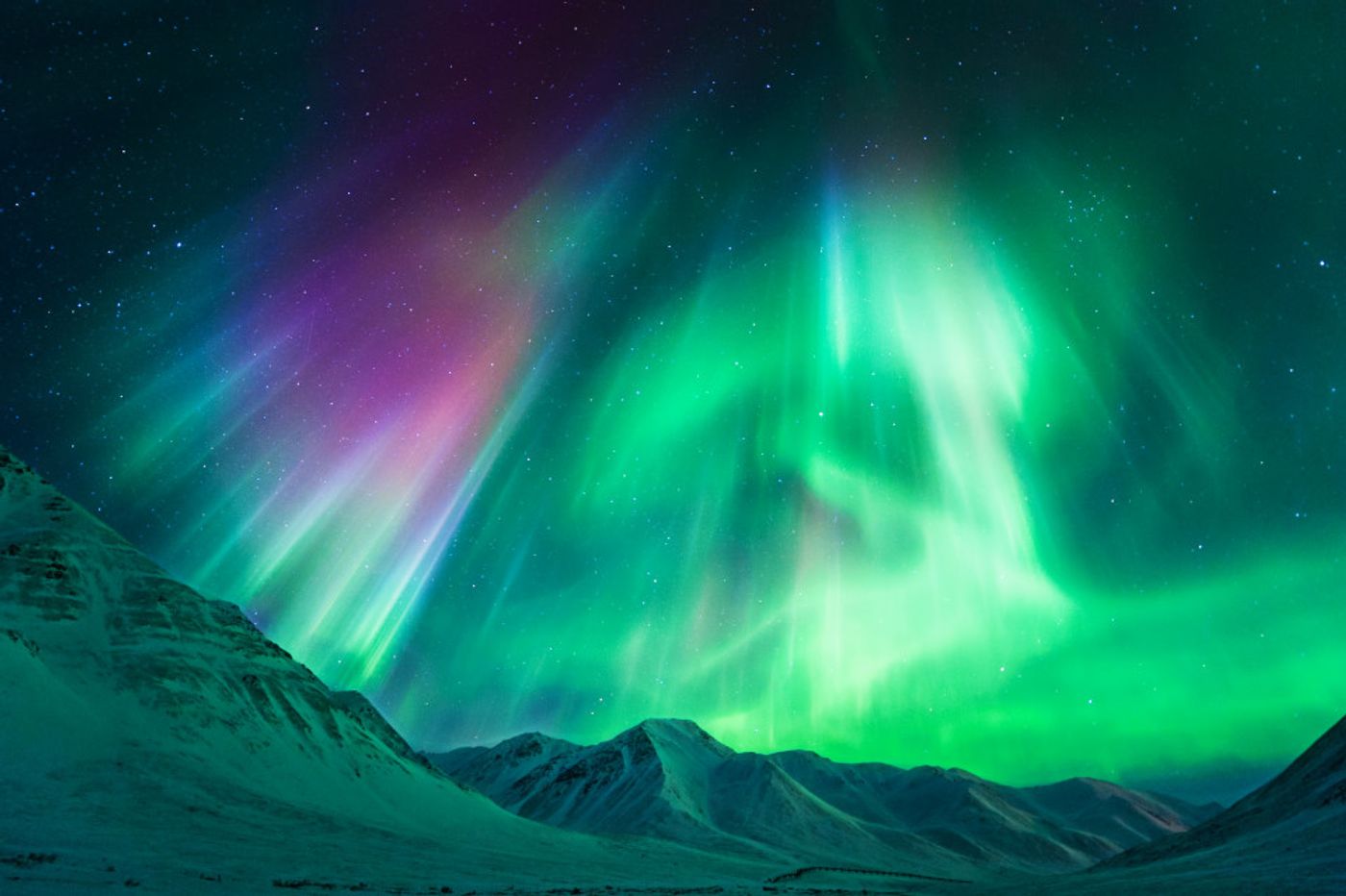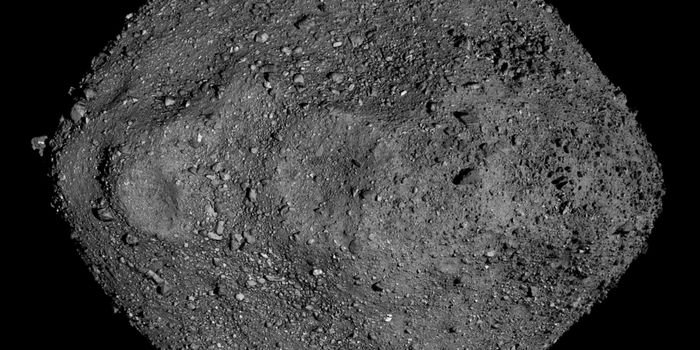SDO Spies Massive Coronal Hole in the Sun in Time for Christmas
At the beginning of December, NASA’s Solar Dynamics Observatory (SDO) discovered an excessively-large coronal hole about the size of 50 Earths on the Sun’s surface while spying on the Sun in extreme ultraviolet light wavelengths.
The following video was published in a NASA press release showing the large coronal hole coming around from the left side of the Sun:
At first, hearing the words "coronal hole" the may sound pretty scary, but they aren’t really that big of a deal at all as they’re a natural part of the Sun’s life cycle.
A coronal hole is essentially a dark spot that forms in the outermost layer of the Sun, known as the corona; they aren't actual holes. They appear dark in X-ray images from telescopes because they’re much cooler than other parts of the surface of the Sun, and that darkness is why they’re referred to as coronal “holes.”
Scientists understand that the Sun’s magnetic field isn’t as strong as it normally is in regions where coronal holes are spotted, so you can consider the dark spots the weak points in the Sun’s magnetic field. These weak areas tend to spew out streams of charged particles into space, which is commonly known as a solar wind.
Because the recently-observed coronal hole is quite vast in size compared to the usual ones we see, there was quite a bit of concern that the Earth would become bombarded with a very high amount of solar wind, which is concerning considering that it’s been known to knock out electronics and expose us to more radiation than normal.
Although our magnetic field protects us from the bulk of this solar wind, and the thick atmosphere deals with almost all of the rest of it, we currently understand that there’s a crack in the Earth’s magnetic field, which may be letting some of the charged particles through our natural barrier.
The Earth was bombarded with the charged particles that make up the solar winds just in time for Christmas, which reportedly stirred up huge geomagnetic storms in the Northern hemisphere, known more colloquially as the Northern lights or the Aurora Borealis.
Image Credit: Getty Images
Activity of these beautiful sights are said to have been much more intense than they usually are thanks to the vast amounts of solar storm material bombarding Earth this time around. You can bet they attracted a bevy of tourists who wanted to get a closer look in person.
Source: NASA via Solar Dynamics Observatory









